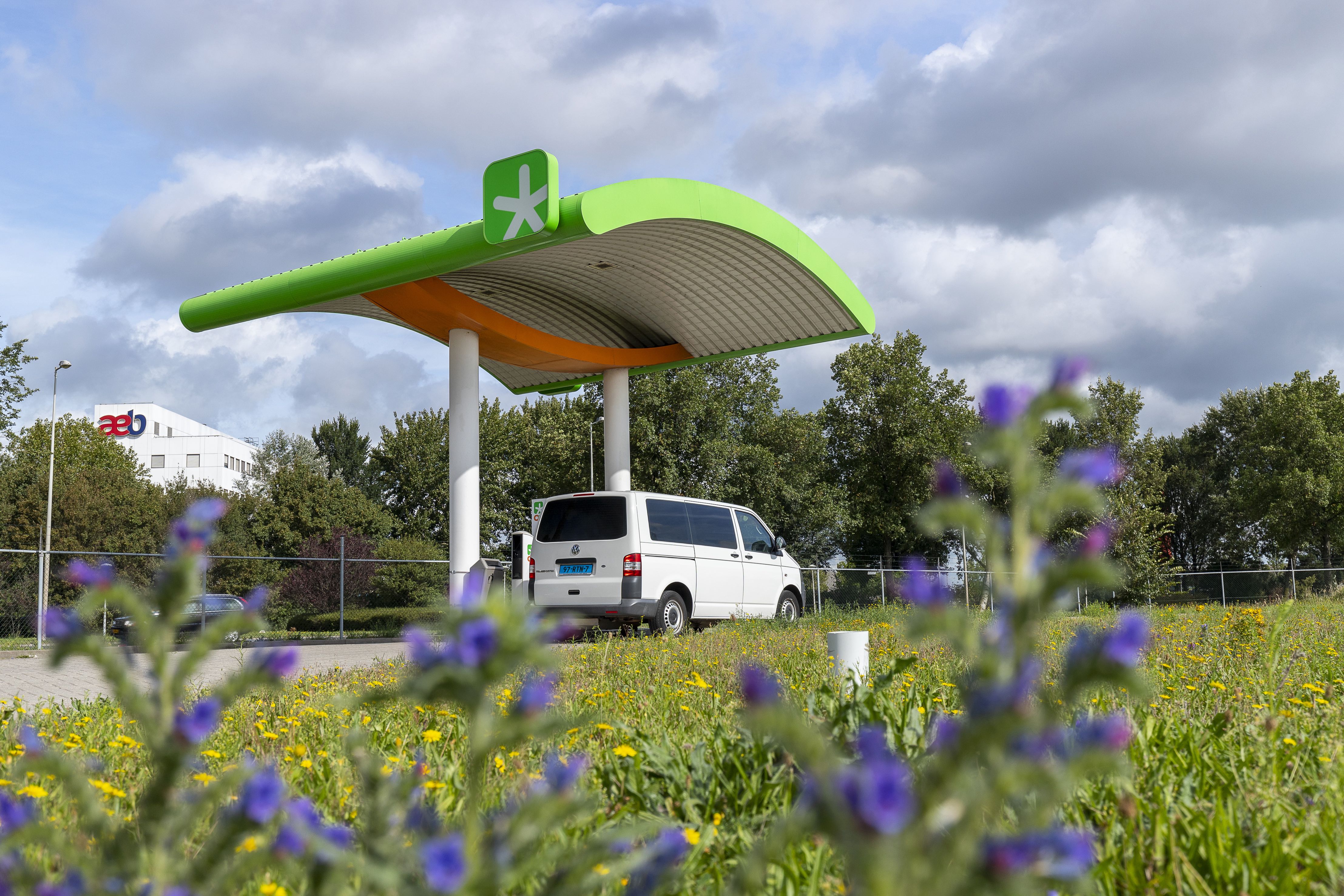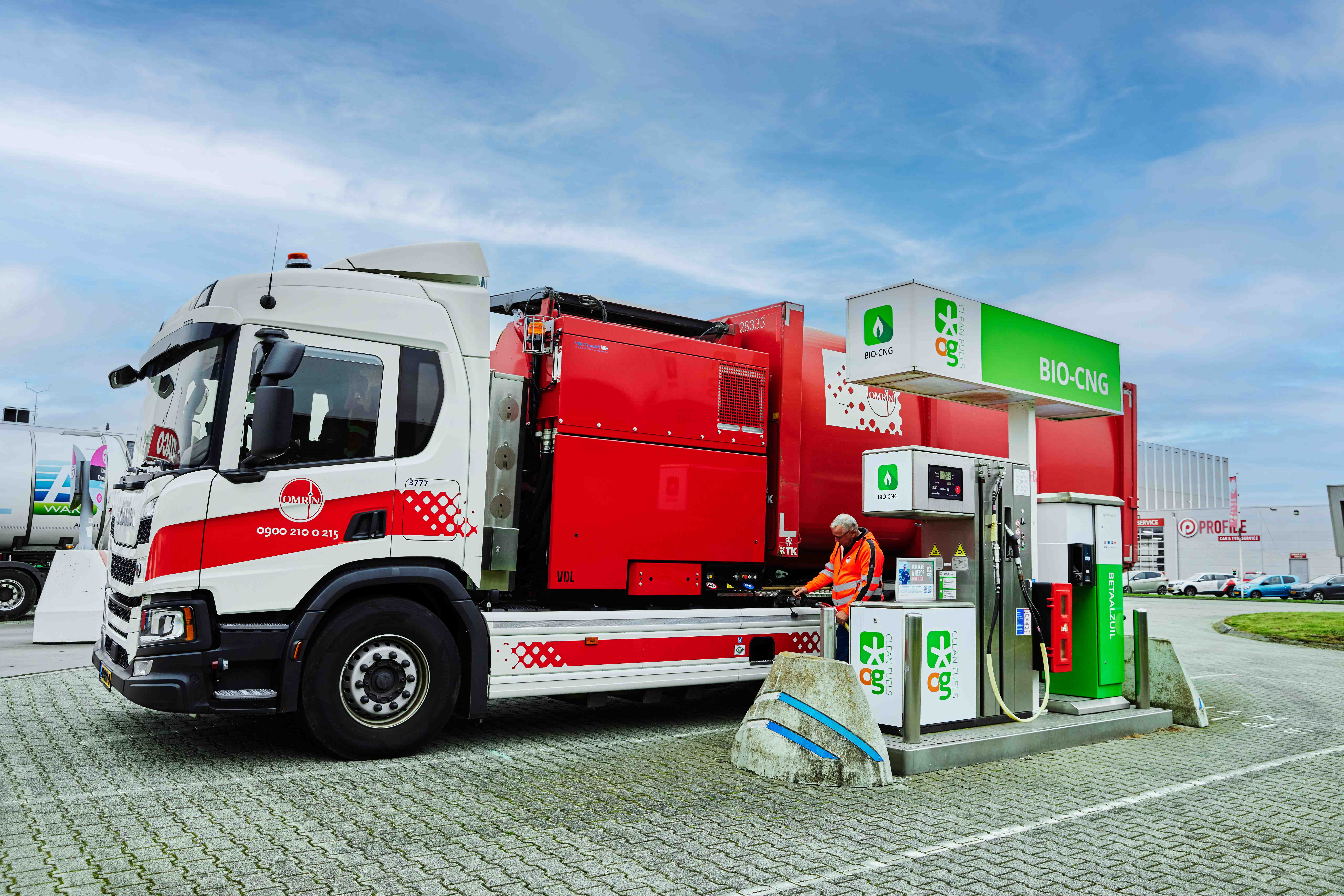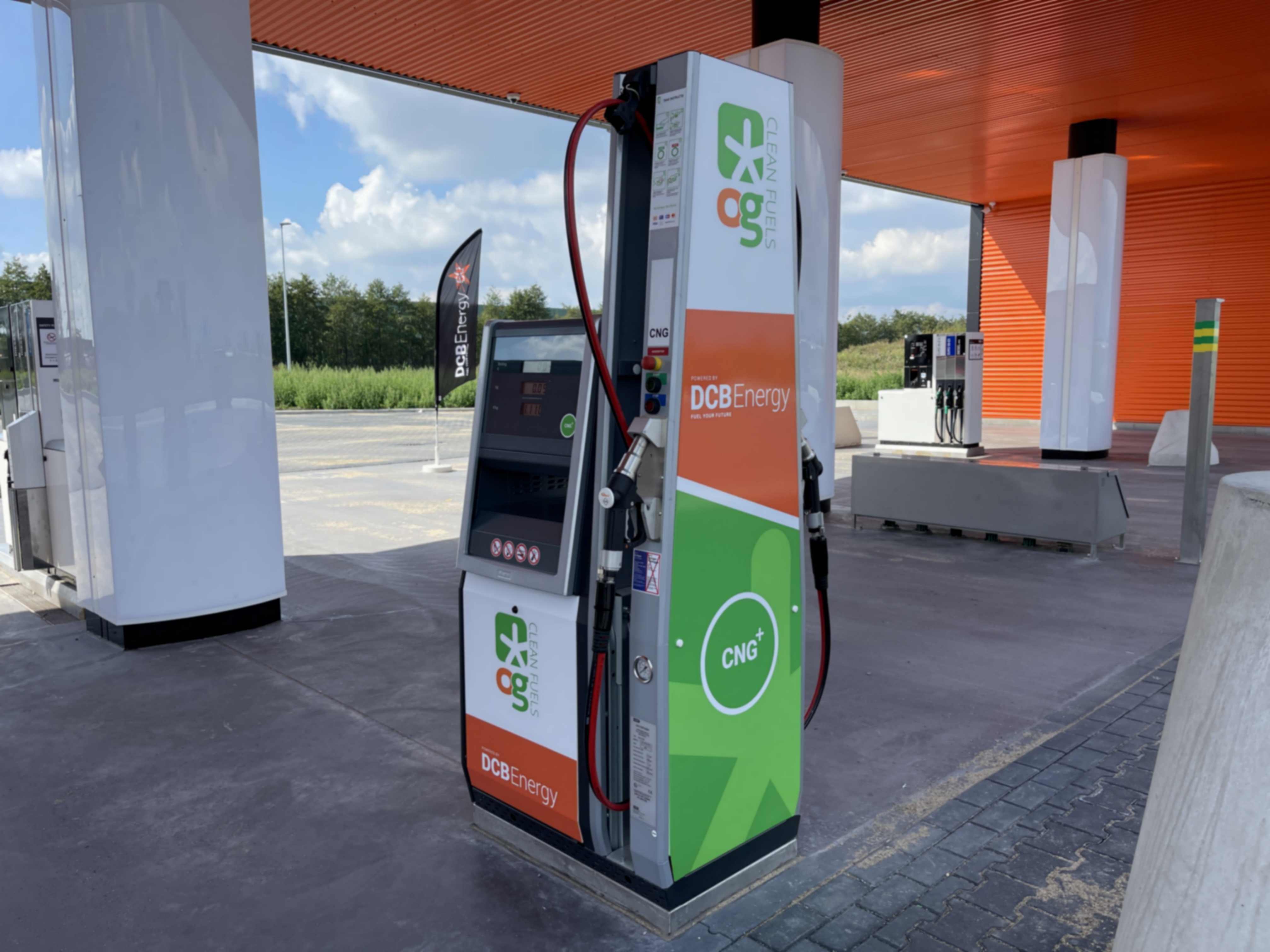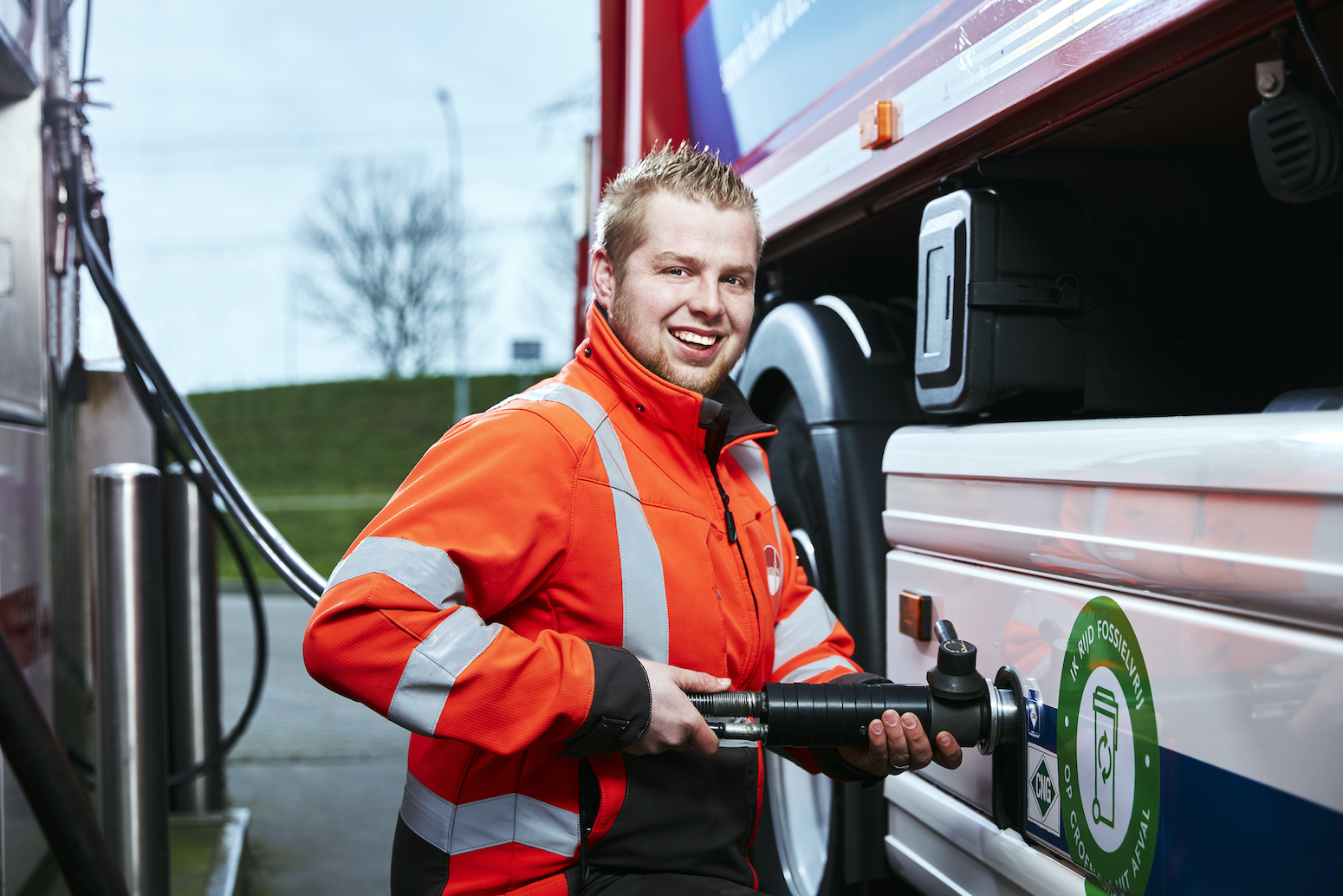Bio-CNG (Compressed Natural Gas) is a sustainable fuel that’s made from biodegradable residues, such as waste from sewage treatment, waste processing and GFT (vegetable, fruit, and garden waste). These residues are converted into biomethane, which is then compressed to CNG.
Bio-CNG is a sustainable fuel that is made from biodegradable residues, such as food waste and animal manure. This means that it does not contribute to the emission of carbon dioxide and other harmful substances, which are bad for the environment.













